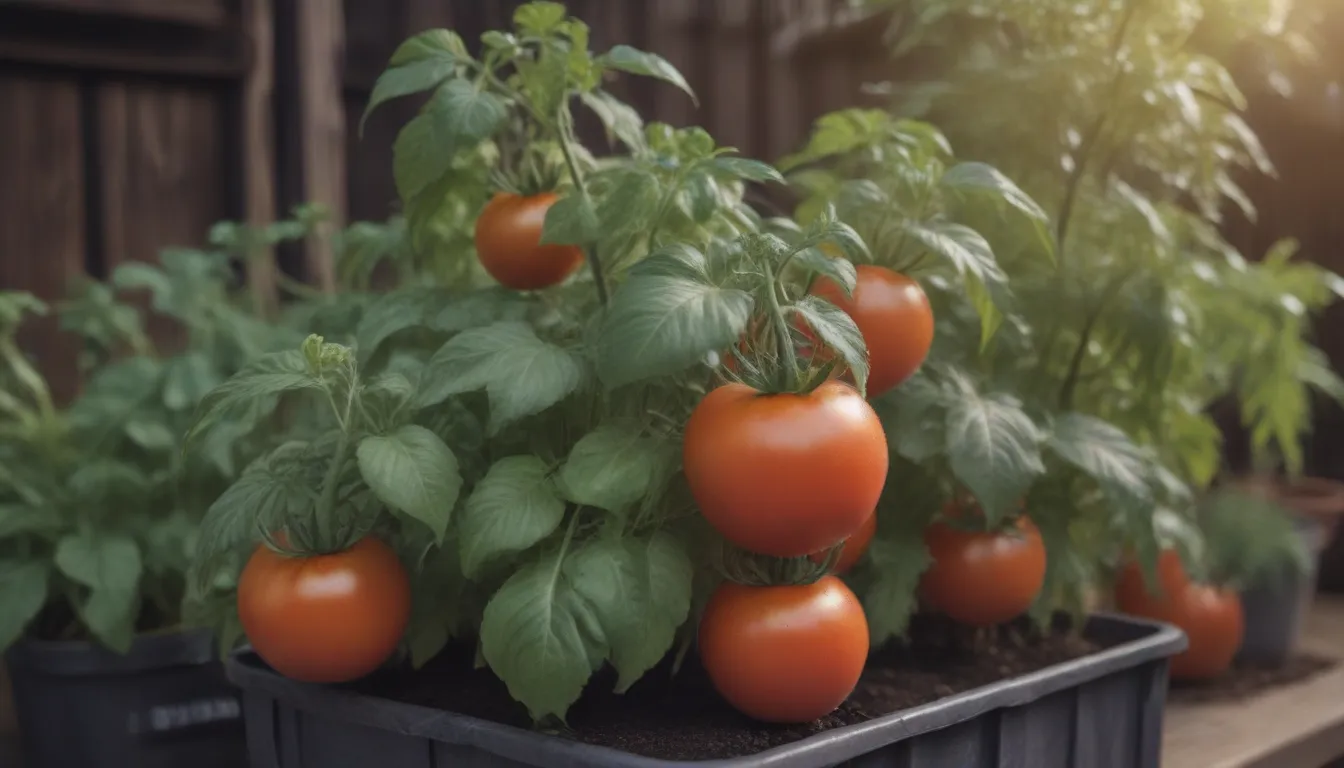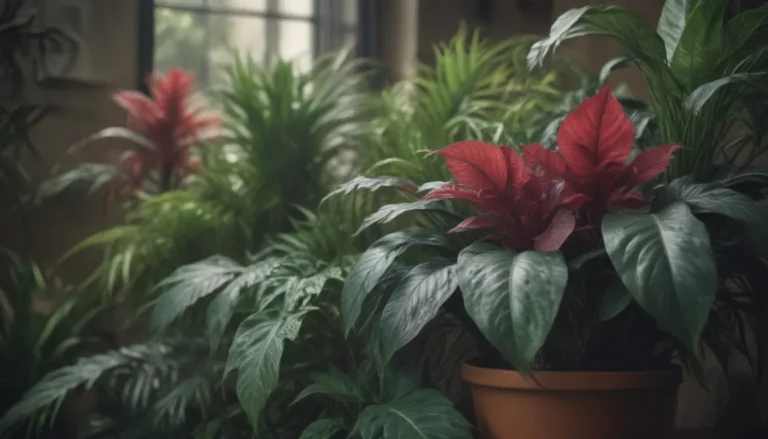How to Properly Water Tomato Plants for Maximum Growth

Are you looking to grow juicy, flavorful tomatoes in your garden? Watering your tomato plants correctly is essential for their growth and overall health. In this comprehensive guide, we will discuss how often you should water your tomato plants to ensure they thrive and produce bountiful fruit. By understanding the signs of dehydration, the different watering needs based on growth stage, and the best watering practices for pots, raised beds, and garden beds, you can become a successful tomato gardener.
Signs Your Tomato Plants Need Water
Tomato plants are great at showing signs when they need a drink. However, it’s crucial to differentiate between symptoms of thirst and other issues like overwatering. Here are some common indicators that your tomato plants need water:
- Wilted or drooping leaves: This is a classic sign that your plants are thirsty.
- Leaves curling inward: Another indication that your plants are lacking water.
- The top 2 to 3 inches of soil is dusty or cracked: Dry soil is a clear sign of dehydration.
- Growth slows or stops: Lack of water can stunt your plants’ growth.
- The bottom leaves turn yellow: Yellowing leaves can signal that your plants are stressed.
Tip
High temperatures and windy conditions can make your plants look droopy even if they don’t need water. If they perk back up when it cools down, they may not need more water. Always check the soil moisture level before watering.
How Often to Water Tomatoes Based on Growth Stage
The frequency of watering your tomato plants depends on their growth stage and environmental conditions. Here’s a breakdown of how often you should water based on the growth stage:
Seedlings
Tomato seedlings with minimal roots require consistent moisture. Water them as needed to keep the soil moist, but not waterlogged.
Young Transplants
Newly transplanted tomato plants should be watered daily until they establish themselves, which usually takes about ten days. After that, reduce the frequency to once or twice a week.
Mature Plants
Mature tomato plants without flowers need around 1 to 2 inches of water per week. Adjust the frequency based on your local weather conditions to prevent both over and under-watering.
Fruiting Plants
As your tomato plants start producing fruit, reduce watering slightly to prevent issues like blossom end rot. Be mindful of watering near the base and not overhead to avoid splashing water on the fruit.
How Often to Water Tomatoes According to Your Base
Whether you’re growing tomatoes in pots, raised beds, or garden beds, each setup requires specific watering techniques to promote healthy root growth and abundant fruit production.
Pots
Tomato plants in pots need frequent watering due to their limited soil volume. Water them daily at the soil level until moisture drains from the pot’s drainage holes. In hot, dry climates, you may need to water them twice a day to keep them hydrated.
Raised Beds
Raised beds with adequate depth are ideal for growing tomatoes. Water established plants deeply three to four times a week, adjusting based on weather conditions. Shallow beds may require more frequent, shorter watering sessions to ensure the plants receive enough moisture.
Garden Beds
In-ground tomato plants in garden beds should be watered daily during the first week of transplanting to help them establish roots. Once established, water them three to four times a week, ensuring the soil is deeply hydrated without excess water pooling around the plants.
Tip
Soaker hoses are an efficient way to water plants in raised beds and garden beds. They deliver water directly to the roots and can be set on timers for convenience.
How to Water Tomatoes Effectively
While watering is crucial for tomato plants, overwatering can lead to various issues. Follow these tips to water your plants effectively and avoid common problems:
- Establish a consistent watering schedule: Adjust based on plant maturity and weather conditions.
- Monitor your plants: Watch for signs of overwatering, such as wilting, yellowing leaves, and cracked fruit.
- Consider drip irrigation: This method delivers water directly to the roots, reducing water wastage and decreasing the risk of fungal diseases.
- Adjust watering in hot weather: Tomatoes need more water during periods of high temperatures. Water them as needed to prevent soil from drying out.
By following these guidelines and staying attuned to your plants’ needs, you can ensure your tomato plants receive the right amount of water to thrive and produce delicious fruit.
Remember, successful tomato gardening requires patience, observation, and a bit of trial and error. By understanding the watering needs of your plants and providing them with appropriate care, you can enjoy a bountiful harvest of fresh, flavorful tomatoes throughout the growing season.
References:
– University of Wisconsin Horticulture. Blossom End Rot.
– Clemson University Home & Garden Information Center. Tomato Diseases and Disorders.
– Washington State University Extension. Growing Tomatoes – Tip Sheet #7.





